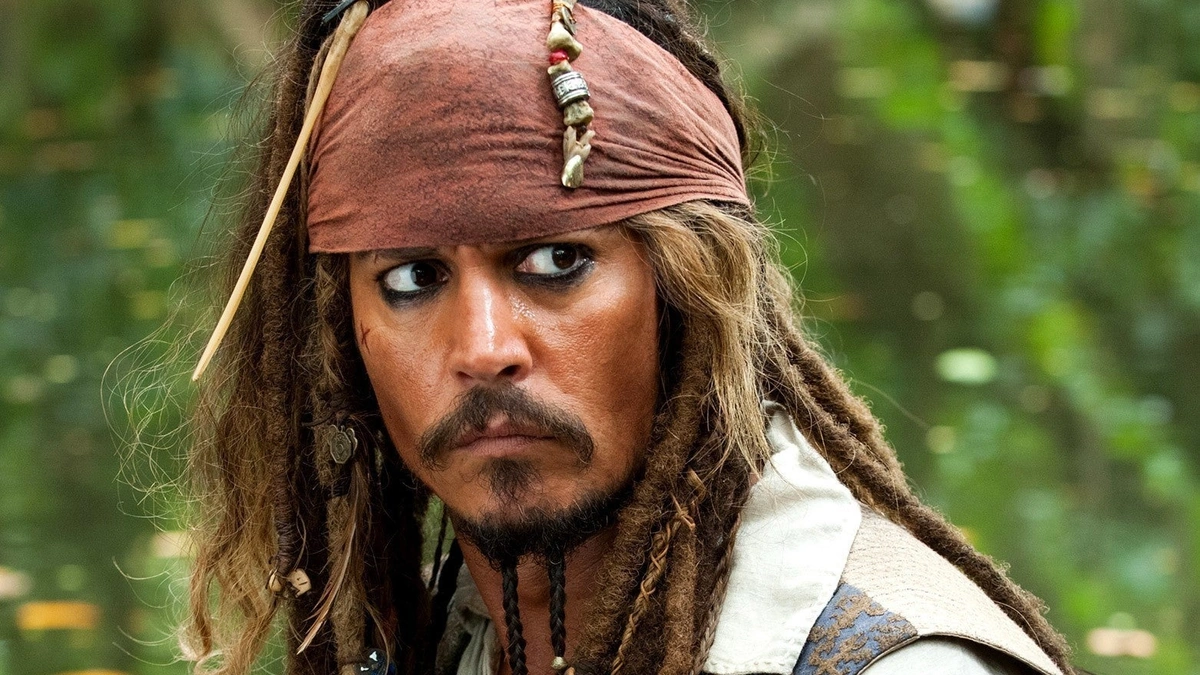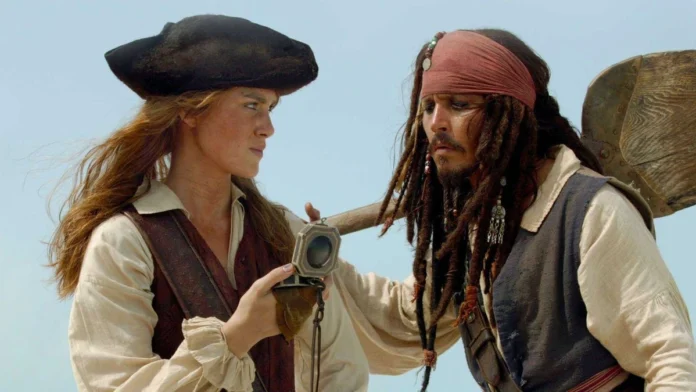Pirates! The word conjures images of swashbuckling adventures, hidden treasure, and daring escapes. But let’s be honest – the romanticized version we see in movies like Pirates of the Caribbean is a far cry from the brutal reality. So, here’s the thing: Why are we still so fascinated by these historical figures, even though they were, you know, criminals? What fascinates me is the underlying psychology. It’s not just about the gold.
The Psychology of the Pirate Craze | More Than Just Booty

Think about it. We’re drawn to stories of rebellion and defiance. In a world often governed by rigid rules and hierarchies, pirates represented something different – a rejection of the established order. They were outsiders who created their own code, their own society, even if it was a violent one. The allure of the pirate life extends beyond the tangible riches; it delves into the depths of human desires for freedom, autonomy, and the pursuit of unconventional dreams. The historical context is vital: piracy often flourished in times of political upheaval and economic hardship. And that, is why they gained such a notorious reputation.
But – and this is a big but – the reality was often far less glamorous. Scurvy, brutal discipline, and the constant threat of capture or death were everyday realities for most pirates . So, why the disconnect between the romanticized image and the harsh truth? That’s where the stories come in. Tales of daring raids, buried treasure, and legendary figures like Blackbeard and Anne Bonny have been passed down through generations, shaping our perception of pirates . They tap into our innate desire for excitement and adventure, offering an escape from the mundane realities of everyday life. Click here to read similar captivating articles.
Debunking the Myths | Pirate Life Wasn’t All Rum and Romance
Let me rephrase that for clarity: the movies got it wrong (mostly). The popular image of pirates as carefree adventurers is largely a myth. While some pirates amassed considerable wealth, most lived a precarious existence. The division of spoils was often unequal, with the captain and officers receiving a larger share. Disease was rampant, and the threat of starvation was ever-present. The reality was a life fraught with danger and hardship. A common mistake I see people make is forgetting that these were often desperate people, driven to piracy by poverty, injustice, or a desire for revenge. Their actions, while often brutal, were sometimes a reflection of the harsh realities of the 17th and 18th centuries.
What fascinates me is how stories, even exaggerated ones, become part of our collective memory. The image of the pirate , whether based on fact or fiction, has become deeply ingrained in our culture. So, and that is why, we continue to dress up as pirates for Halloween, read pirate novels, and watch pirate movies. The legend lives on, even as the historical reality fades into the background.
The Modern-Day Parallels | Are We All a Little Bit Pirate-Like?
This is where it gets interesting. Think about it: In a way, many of us harbor a secret desire to break free from the constraints of society. We admire those who dare to challenge the status quo, who forge their own path, even if it means bending the rules a little. This isn’t to say that we condone criminal behavior, of course. But there’s something undeniably appealing about the idea of living life on your own terms, beholden to no one. The spirit of the pirate , in its purest form, represents this yearning for independence and self-determination.
The one thing you absolutely must double-check on when thinking about this topic is the level of freedom that pirates actually had. Were they truly free or were they bound to their own set of rules and dangers, like a microcosm of the society they rejected? The answer, like most things, is complex. They created their own social order, complete with rules, hierarchies, and consequences for disobedience. It was a different kind of freedom, one forged in hardship and risk. Learn more about piracy on Wikipedia .
Pirates in Pop Culture | From Swashbucklers to Anti-Heroes
The evolution of the pirate in pop culture is fascinating. From the romanticized heroes of classic adventure novels to the morally ambiguous characters of modern films, our perception of pirates has changed over time. What initially thought was a straightforward journey through pirate lore, I came to realize that these characters reflect our own evolving values and anxieties. The modern pirate is often portrayed as an anti-hero, someone who operates outside the law but who may ultimately be fighting for a greater good. This reflects our growing distrust of institutions and our willingness to question authority.
Consider Captain Jack Sparrow, for example. He’s a charming rogue, a trickster, and a master of improvisation. He’s not necessarily a good guy, but he’s undeniably entertaining. He represents a rejection of traditional heroism, a celebration of wit and cunning over brute force. The success of the Pirates of the Caribbean franchise speaks to our enduring fascination with these complex and contradictory figures. So, that is why we see them re-emerge over and over again.
The Enduring Appeal | Why Pirates Still Captivate Us
Let’s be honest: Pirates represent a potent mix of adventure, rebellion, and the allure of the unknown. They embody our desire for freedom and our willingness to challenge the status quo. Whether we’re drawn to the romanticized image or the gritty reality, the stories of pirates continue to captivate us. But, and that is how, they endure as symbols of human ambition, both its triumphs and its failures.
The story of pirates isn’t just about buried treasure and daring raids. It’s a story about human nature, about our dreams, our fears, and our enduring quest for freedom. It’s a story that continues to resonate with us today, centuries after the Golden Age of Piracy came to an end. They’re more than just characters in a story; they are a reflection of ourselves.
FAQ About Pirates
What were the main motivations for becoming a pirate?
Many turned to piracy due to poverty, lack of opportunities, or seeking freedom from oppressive naval conditions.
What was the typical lifespan of a pirate?
The life of a pirate was dangerous, with a short life expectancy due to battles, disease, and harsh conditions.
What happened to all the pirate treasure?
Most stolen goods were quickly spent, lost, or seized, with very little becoming lasting treasure.
Were there any famous female pirates?
Yes, Anne Bonny and Mary Read are two of the most well-known female pirates in history.
What are some common misconceptions about pirates?
Many believe that pirates always buried their treasure or followed a strict code, but this wasn’t always true.
How did piracy eventually decline?
Increased naval patrols, improved law enforcement, and amnesty programs all contributed to the decline of piracy .

